Invasive plants are plants that grow where they should not be and are hard to control. Typically, these are plants that were introduced into a foreign environment. And since they have no natural enemies in their new environment, they thrive uncontrollably. And while many invasive plants are very attractive, they can take over and ruin your garden.
The 7 Invasive plants you need to avoid in your garden
Kudzu

Kudzu is a twining vine that belongs to the pea family. It can grow up to 100 feet. Its leaves are three-lobed and its leaflets can be 5 to 6 inches. Its pea-like flowers bloom late summer. This twining vine from Asia was used as livestock feed.
Kudzu thrives in both sunny and shady environments. It can rapidly spread and smother plants and trees in its way.
English Ivy

English Ivy is among the most invasive plants that are also considered to be one of the most destructive. Not only can it destroy its surroundings but your house as well. This plant was introduced to America by European colonists who wanted to create a landscape reminiscent of their native land.
Barberry
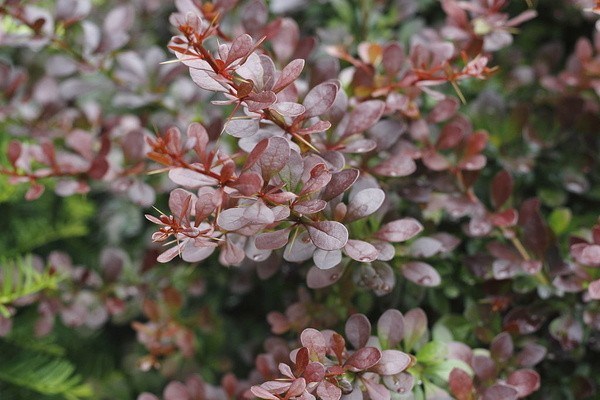
Barberry plants were introduced to the United States in the late 1800s. They are commonly used in commercial and residential landscapes. However, a lot of areas in the country have already banned Barberry and Japanese barberry.
This ornamental shrub grows up to seven or more feet. When it blooms, you will see yellow flowers hanging below the stem. Barberry plants rapidly grow and spread; hence, quickly invade and crowd out native plants and shrubs.
Burning Bush
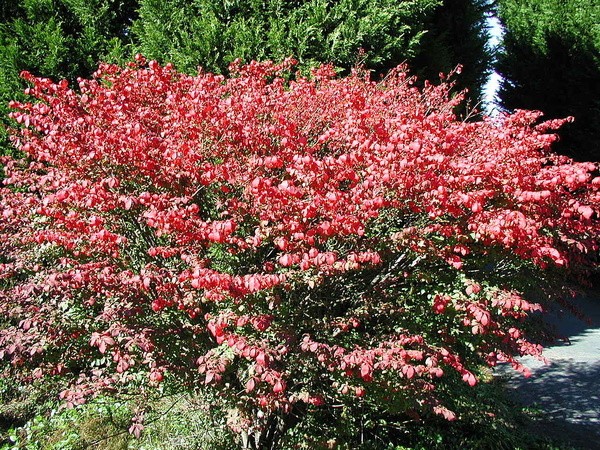
Burning Bush is a popular landscaping shrub as well. In autumn, it produces red or pinkish-red leaves and reddish-orange berries. It is notorious for spreading aggressively. Even when the plants are removed, the berries left on the ground will keep on germinating.
Butterfly Bush
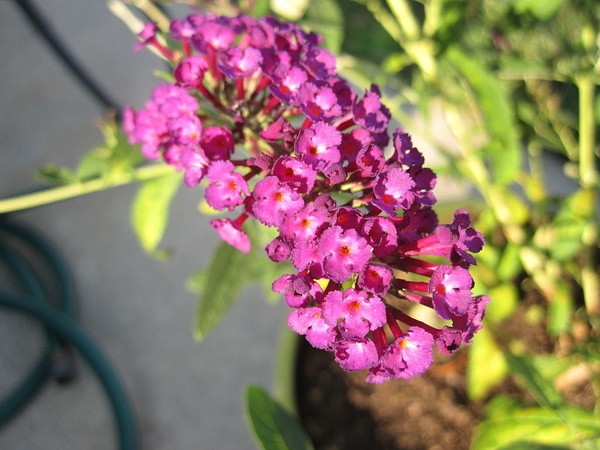
Butterfly Bush originated in Asia but is now spreading wildly along the stream banks and other areas in the United States. One Butterfly Bush can produce more than 100,000 seeds. Its seeds can be distributed in the wind and invade surrounding areas.
Check this out : What Is a Homestyle Loan and Can It Be Used for Renovations?
Norway Maple Trees
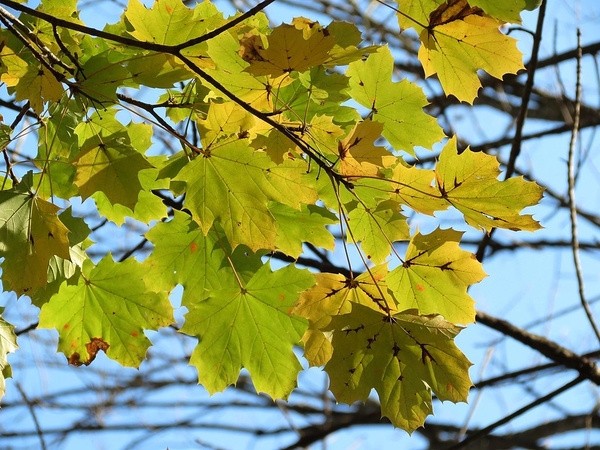
The seeds of Norway Maple Trees easily disperse in the wind, thus spread aggressively. Much of the Northeast region consider Norway Maple Trees as invasive. These full-sized trees are native to Europe and were introduced to North America as a landscape species.
Once fully established, Norway Maple Trees create a thick canopy that can block sunlight and restrict the growth of native shrubs beneath them. Also, their roots tend to extend to the ground surface that can rob moisture from surrounding native plants.
Japanese Knotweed
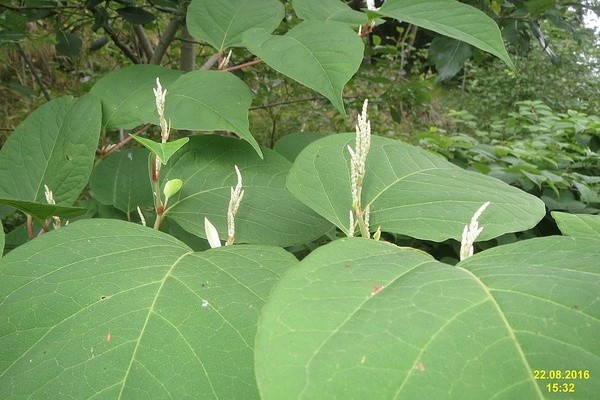
Japanese Knotweed is a perennial plant that was introduced to the United States in the late 1800s as an ornamental plant. Japanese Knotweed's leaves are simple and broad. These leaves can grow up to 6 inches long and 5 inches wide. It can spread rapidly and form dense monocultures that crowd out native vegetation.
© 2025 Realty Today All rights reserved. Do not reproduce without permission.



